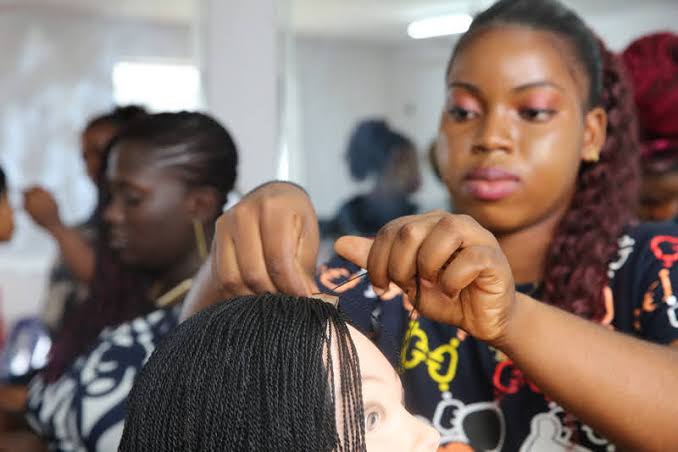The Federal Government has added 17 new trades and subjects, including hairstyling, plumbing, GSM repair, makeup, and more, as part of ongoing reforms aimed at equipping students with practical skills and enhancing their employability.
According to a statement released by the National Orientation Agency (NOA), these additions to the Basic Education curriculum are designed to promote hands-on learning and better prepare students for the job market.
The new subjects, set to take effect in January 2025, will be taught at the primary and junior secondary levels nationwide.
The newly introduced trades include:
- Plumbing
- Tiling and Floor Works
- POP Installation
- Event Decoration and Management
- Bakery and Confectionery
- Hairstyling
- Makeup
- Interior Design
- GSM Repairs
- Satellite/TV Antenna Installation
Additional subjects include:
- CCTV and Intercom Installation and Maintenance
- Solar Installation and Maintenance
- Garment Making
- Agriculture and Processing, which covers crop production, beekeeping, horticulture, and livestock farming (e.g., poultry and rabbit rearing)
- Basic Digital Literacy, incorporating IT and robotics
The federal government’s initiative has the potential to address significant challenges in education and employment. By adding vocational and practical subjects like plumbing, hairstyling, digital literacy, and robotics to the curriculum, the government is equipping students with skills that are directly applicable to the real world.
This move can help bridge the gap between education and employability, empowering students to enter the workforce or start their businesses with confidence.
The inclusion of diverse fields such as agriculture, interior design, and solar installation reflects a thoughtful approach to preparing students for a dynamic and evolving economy. These subjects not only promote self-reliance but also align with global trends in sustainability and technology.
However, the success of this initiative will depend on effective implementation. It’s crucial to ensure that schools are equipped with the necessary facilities and tools for hands-on training. Teacher training will also be key, as qualified instructors are essential for delivering these new subjects effectively.
Balancing these additions with the existing curriculum requires careful planning to avoid overloading students or teachers



